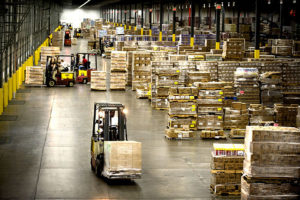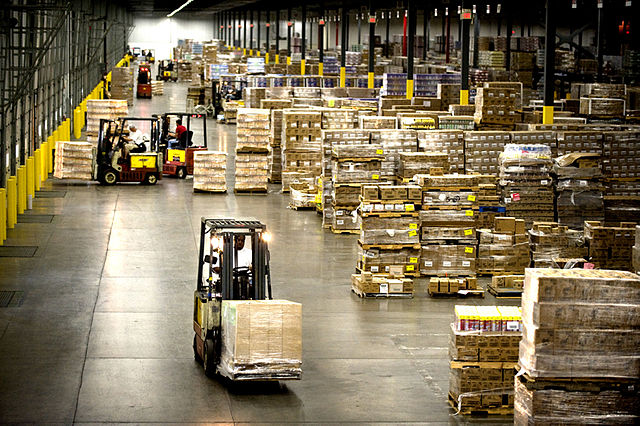 The global contract logistics market expanded by only 3.8% in 2015, down from 4.4% the previous year, but is predicted to improve with the expected pickup in emerging market growth, says Transport Intelligence’s (Ti) 2016 edition of “Global Contract Logistics.”
The global contract logistics market expanded by only 3.8% in 2015, down from 4.4% the previous year, but is predicted to improve with the expected pickup in emerging market growth, says Transport Intelligence’s (Ti) 2016 edition of “Global Contract Logistics.”
Ti economist David Buckby explained: “Overall, 2015 was a year where there wasn’t a great deal of change in developed contract logistics markets. What the world really noticed was the weakness in emerging markets. This is by no means a call to ‘give up’ on emerging markets, forecasts for 2016 and beyond are more optimistic. Rather, it is that logistics providers should perhaps pause for thought a bit more before ramping up investment in certain locations.”
The report also observed that new developments are reshaping the structure of the industry. For one, globalization, e-commerce, and technological innovations are prompting logistics service providers to look at new and better ways to remain competitive in an evolving market.
For another, the impact of social responsibility, environmental accountability, and ethics in the supply chain is increasing.
“Economic, environmental and societal issues are bound tightly together. In order to ensure a long term, sustainable future for global supply chains, companies must build collaborative, multi-stakeholder approaches to creating value which don’t impact on the environment or have a negative impact on people’s wellbeing,” said John Manners-Bell, CEO of Ti.
Another notable trend is the increase in the integration of IT and technology throughout supply chain operations, presenting a number of efficiency opportunities for logistics service providers. However, without a constant stream of accurate data fed into IT systems, these become extremely ineffectual.
“This inability to share information seamlessly between different systems is possibly the most significant contribution to both breakdowns in communication, and failures in efficiency in the industry. As the demand for collaboration and information sharing increases, the harder it becomes for older systems to cope,” said Ti, a provider of research and analysis on the global logistics industry.
Manners-Bell said, “These factors now form a complex matrix of values which managers need to take into account when making informed decisions on their production and logistics options.”
Photo: CTsabre14





